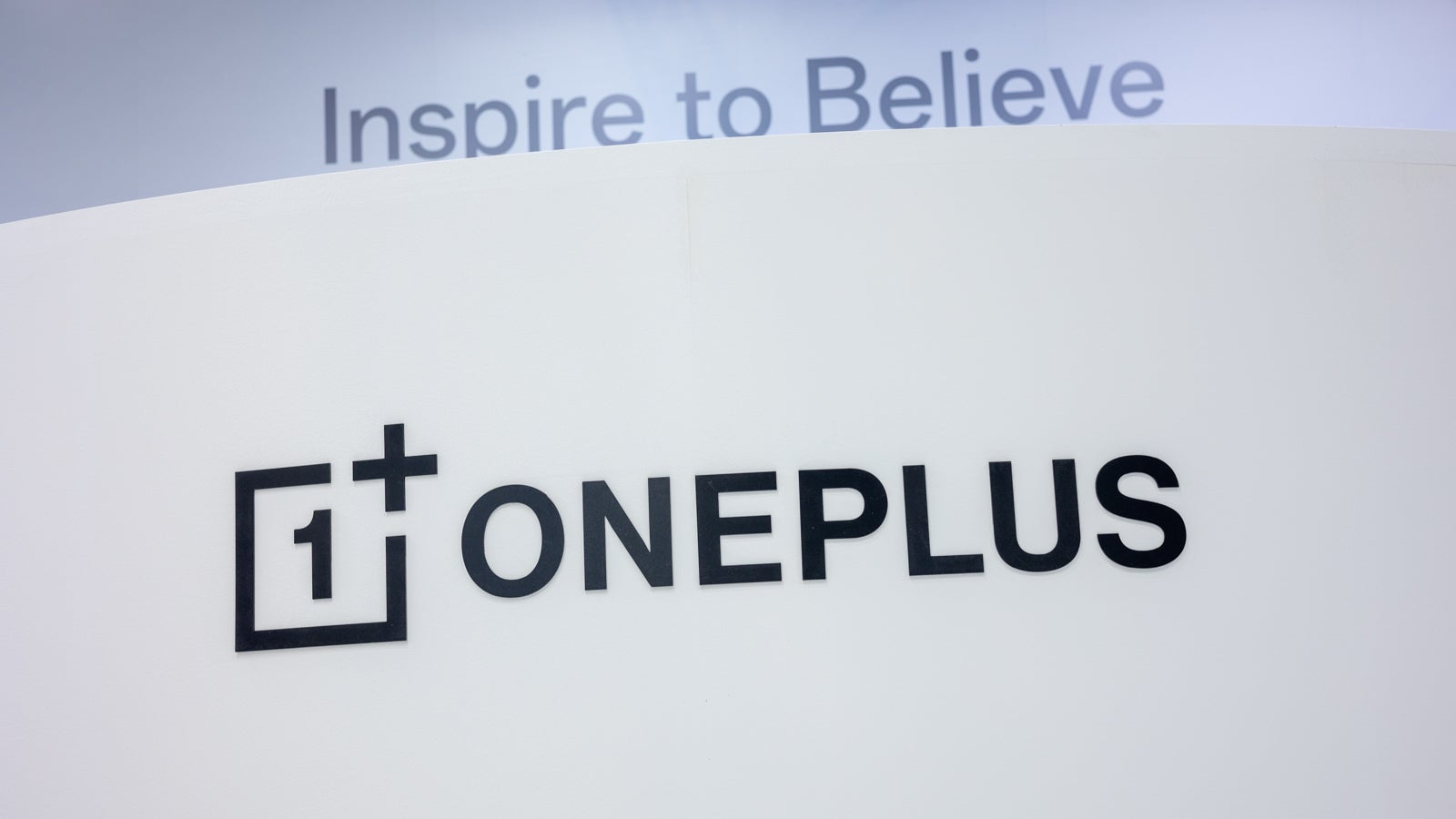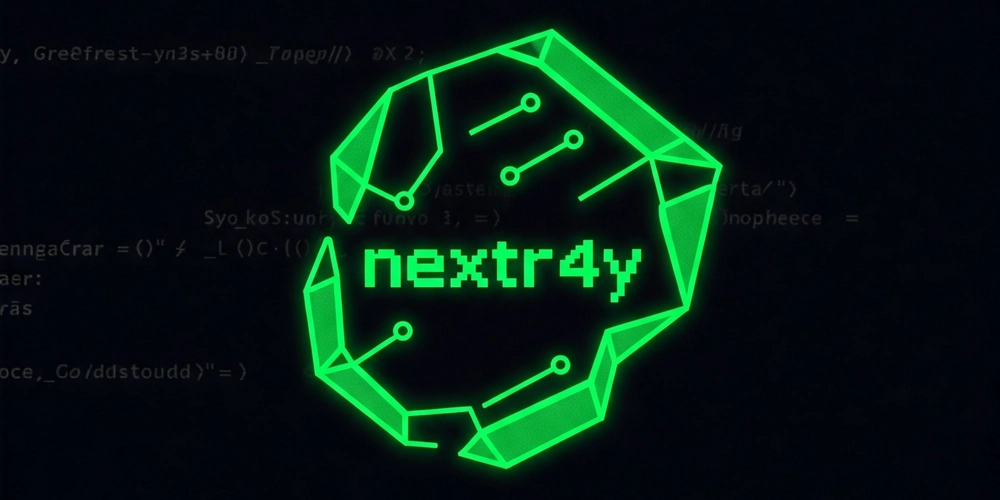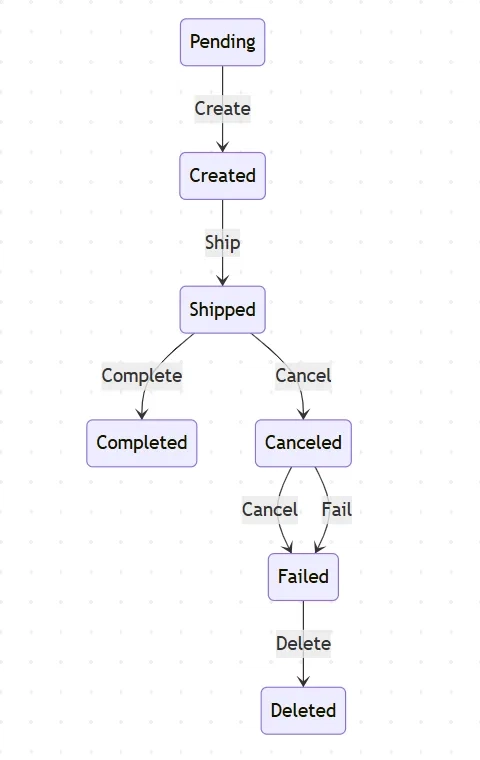Blockchain and Digital Identity: Securing the Future in a Digital Age
Abstract This post explores how blockchain technology is transforming digital identity management in today’s digital era. We discuss the evolution from traditional, centralized systems to decentralized, self-sovereign models powered by blockchain, enhanced privacy protocols like zero-knowledge proofs, tokenization, and global interoperability. Real-world applications in finance, healthcare, voting, and NFT ecosystems are discussed alongside the challenges of scalability, integration with legacy systems, and regulatory hurdles. We also examine future innovations such as improved consensus mechanisms, emerging funding models for open-source projects, and the convergence of blockchain with AI and the IoT. Links to additional resources, including insights from authoritative sites like Firefox Data Sharing and Privacy, Best Privacy Browsers 2025, and Zora NFT Collection, as well as dev.to articles on open-source funding and blockchain scaling, substantiate the discussion. Introduction Digital identity is at the heart of our increasingly interconnected world. As individuals and organizations move more of their lives online, securing personal data and verifying identities have become critical. Blockchain technology, initially celebrated for powering cryptocurrencies, now offers innovative tools to redefine digital identity management. By leveraging decentralization, enhanced privacy, and interoperability, blockchain-driven digital identity aims to empower users with control over their data and transform traditional trust models. This post explores the evolution, key concepts, applications, challenges, and future trends in blockchain-based digital identity systems, making it a valuable resource for technical experts, developers, and anyone interested in the new digital age. Background and Context Historically, identity management relied on centralized institutions—governments or large organizations—storing data in physical documents or closed digital databases. Although these systems have served for decades, several long-standing issues have emerged: Centralization Risks: Central databases are prime targets for cyberattacks and breaches. Inefficiencies: Multiple agencies keeping separate records often resulted in redundancy. Limited Interoperability: Siloed systems hinder seamless cross-border verification and global utility. Blockchain technology changes this narrative. With its decentralized ledger and immutable record keeping, blockchain allows identity data to be stored using cryptographic techniques that are both secure and transparent. Advanced methods such as zero-knowledge proofs enable individuals to verify aspects of their identity (for example, age or citizenship) without exposing sensitive details. The evolution of digital identity can be summarized in the following table: Aspect Traditional Identity Blockchain Identity Control Centralized and institution-bound Decentralized, self-sovereign Data Storage Physical documents & siloed systems Distributed ledger technology Security Vulnerable to centralized breaches Cryptographically secured, immutable Interoperability Limited regional or institutional Cross-border and global in scope Privacy Often compromised through hacks Enhanced using encryption & zero-knowledge proofs By returning control of identity data to individuals, blockchain supports a user-centric ecosystem that is more secure, efficient, and transparent. Core Concepts and Features Blockchain and digital identity converge on several core principles that not only reduce dependence on centralized systems but also offer new possibilities for secure data verification. The primary concepts include: Decentralization and Self-Sovereign Identity Blockchain empowers self-sovereign identity (SSI) where users are the custodians of their own data instead of relying on third-party authorities. In decentralized systems, cryptographic keys and digital wallets serve as the control center for personal identity credentials. This reduction of central points of failure dramatically decreases the attack surface for potential hackers. Security is inherent in these designs due to millions of network nodes validating each transaction reliably. Enhanced Privacy and Security Privacy is paramount in digital interactions. Blockchain’s immutable ledger, combined with advanced cryptographic measures, ensures every transaction or identity update is tamper-proof. Zero-knowledge proofs allow users to prove they meet particular criteria without revealing the underlying sensitive information. Resources like uBlock Origin Dead in Chrome remind us of the importance of privacy-enhancing tools, and blockchain’s design is in step with these modern privacy expectations. Interoperability and Global Recognition Interoperability has become a cornerstone of modern digital identity systems. Blockchain networks are inherently design
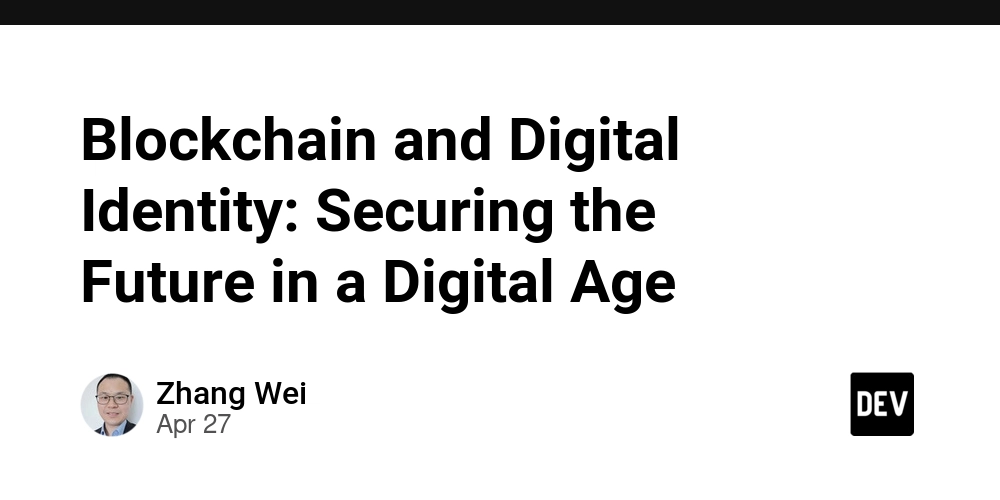
Abstract
This post explores how blockchain technology is transforming digital identity management in today’s digital era. We discuss the evolution from traditional, centralized systems to decentralized, self-sovereign models powered by blockchain, enhanced privacy protocols like zero-knowledge proofs, tokenization, and global interoperability. Real-world applications in finance, healthcare, voting, and NFT ecosystems are discussed alongside the challenges of scalability, integration with legacy systems, and regulatory hurdles. We also examine future innovations such as improved consensus mechanisms, emerging funding models for open-source projects, and the convergence of blockchain with AI and the IoT. Links to additional resources, including insights from authoritative sites like Firefox Data Sharing and Privacy, Best Privacy Browsers 2025, and Zora NFT Collection, as well as dev.to articles on open-source funding and blockchain scaling, substantiate the discussion.
Introduction
Digital identity is at the heart of our increasingly interconnected world. As individuals and organizations move more of their lives online, securing personal data and verifying identities have become critical. Blockchain technology, initially celebrated for powering cryptocurrencies, now offers innovative tools to redefine digital identity management. By leveraging decentralization, enhanced privacy, and interoperability, blockchain-driven digital identity aims to empower users with control over their data and transform traditional trust models. This post explores the evolution, key concepts, applications, challenges, and future trends in blockchain-based digital identity systems, making it a valuable resource for technical experts, developers, and anyone interested in the new digital age.
Background and Context
Historically, identity management relied on centralized institutions—governments or large organizations—storing data in physical documents or closed digital databases. Although these systems have served for decades, several long-standing issues have emerged:
- Centralization Risks: Central databases are prime targets for cyberattacks and breaches.
- Inefficiencies: Multiple agencies keeping separate records often resulted in redundancy.
- Limited Interoperability: Siloed systems hinder seamless cross-border verification and global utility.
Blockchain technology changes this narrative. With its decentralized ledger and immutable record keeping, blockchain allows identity data to be stored using cryptographic techniques that are both secure and transparent. Advanced methods such as zero-knowledge proofs enable individuals to verify aspects of their identity (for example, age or citizenship) without exposing sensitive details.
The evolution of digital identity can be summarized in the following table:
| Aspect | Traditional Identity | Blockchain Identity |
|---|---|---|
| Control | Centralized and institution-bound | Decentralized, self-sovereign |
| Data Storage | Physical documents & siloed systems | Distributed ledger technology |
| Security | Vulnerable to centralized breaches | Cryptographically secured, immutable |
| Interoperability | Limited regional or institutional | Cross-border and global in scope |
| Privacy | Often compromised through hacks | Enhanced using encryption & zero-knowledge proofs |
By returning control of identity data to individuals, blockchain supports a user-centric ecosystem that is more secure, efficient, and transparent.
Core Concepts and Features
Blockchain and digital identity converge on several core principles that not only reduce dependence on centralized systems but also offer new possibilities for secure data verification. The primary concepts include:
Decentralization and Self-Sovereign Identity
Blockchain empowers self-sovereign identity (SSI) where users are the custodians of their own data instead of relying on third-party authorities. In decentralized systems, cryptographic keys and digital wallets serve as the control center for personal identity credentials. This reduction of central points of failure dramatically decreases the attack surface for potential hackers. Security is inherent in these designs due to millions of network nodes validating each transaction reliably.
Enhanced Privacy and Security
Privacy is paramount in digital interactions. Blockchain’s immutable ledger, combined with advanced cryptographic measures, ensures every transaction or identity update is tamper-proof. Zero-knowledge proofs allow users to prove they meet particular criteria without revealing the underlying sensitive information. Resources like uBlock Origin Dead in Chrome remind us of the importance of privacy-enhancing tools, and blockchain’s design is in step with these modern privacy expectations.
Interoperability and Global Recognition
Interoperability has become a cornerstone of modern digital identity systems. Blockchain networks are inherently designed to enable secure data sharing across different platforms and jurisdictions. Such systems ensure that verified identity data can be recognized globally—crucial for applications ranging from international finance to cross-border healthcare.
Transparency through an Immutable Ledger
Each transaction recorded on a blockchain is indelible and publicly verifiable. This transparency builds trust across industries and is particularly beneficial for applications where auditability is key, such as digital voting or financial services. The transparent nature of blockchain is further discussed in critiques of centralized licensing models, as highlighted in The Downside of Apache License and Why I Never Would Use It.
Tokenization and Digital Asset Integration
Tokenization refers to converting asset rights into digital tokens on the blockchain. Modern identity systems are expanding tokenization beyond cryptocurrencies to include digital art, intellectual property, and even identity itself. NFT projects like the Zora NFT Collection leverage blockchain to enforce authenticity and secure ownership rights, linking digital assets directly to secure identity verification.
Key Features Summary
- Decentralized Control: Empowers individuals to manage their own identity.
- Robust Security: Utilizes cryptography to ensure data integrity.
- Enhanced Privacy: Employs zero-knowledge proofs and encryption for sensitive data.
- Interoperability: Enables seamless data sharing across borders and systems.
- Immutable Records: Provides a transparent, tamper-proof ledger.
- Tokenization: Integrates digital asset ownership with secure identity management.
- Open-Source Collaboration: Fosters community-driven innovation and funding models.
Applications and Use Cases
Blockchain-driven digital identity is already being implemented in diverse sectors. Here are some practical examples that span multiple industries:
Financial Services and KYC
Know Your Customer (KYC) protocols are a staple in the financial sector. Traditional KYC processes are cumbersome, often requiring repeated identity verification. Using blockchain, financial institutions can store verified identity credentials on an immutable ledger. This allows users to share their credentials seamlessly across multiple financial platforms, reducing redundancy and enhancing data accuracy.
Examples include:
- Decentralized Identity Platforms: Platforms like uPort and Civic reduce repetitive KYC checks, while using cryptographic verification.
- Tokenized Identity Transactions: By integrating digital identities with blockchain tokens, each transaction maintains high data integrity and security.
Healthcare Record Management
Healthcare demands the utmost in data security and privacy. Patient records stored on a blockchain can guarantee authenticity and provide an auditable history that improves treatment outcomes and prevents unauthorized access.
Key benefits:
- Patient-Centric Record Management: Patients control who can view or modify their records, ensuring privacy.
- Credential Verification: Medical professionals’ qualifications can be encrypted on a blockchain for continuous, tamper-proof verification.
- Inter-institutional Sharing: Secure sharing of patient data between hospitals and clinics minimizes errors and improves efficiency.
Voting Systems and Government Services
Blockchain offers transformative potential in democratic systems where vote integrity is essential. Digital voting systems built on blockchain can secure ballots, prevent double voting, and provide transparent election records.
Benefits for government include:
- Immutable Voting Records: Each vote is recorded permanently, ensuring transparency and auditability.
- Efficient Public Services: Integrated identity management helps streamline other government services like benefits distribution and citizen authentication.
NFT Ecosystems and Digital Ownership
Blockchain has revolutionized digital art and collectibles through NFTs. By linking digital assets to securely verified identities, blockchain verifies authenticity and ownership across global marketplaces.
Highlights:
- Digital Artist Authentication: Projects like the Zora NFT Collection not only track digital asset provenance but also ensure fair distribution of royalties through smart contracts.
- Integrated Digital Contracts: Automatically enforced agreements between creators and buyers maintain transparency and integrity.
Summary Table of Use Cases
| Sector | Application | Primary Benefits | Example Platforms |
|---|---|---|---|
| Financial Services | KYC and transaction efficiency | Reduces redundancy, enhances security | uPort, Civic |
| Healthcare | Secure medical record management | Patient control, secure sharing, credential verification | Emerging blockchain healthcare systems |
| Government | Digital voting and e-governance | Transparent records, anti-fraud measures | Custom government dApps |
| Digital Art & NFTs | Authenticity, digital asset verification | Provenance, fair royalties, secure contracts | Zora NFT Collection |
Challenges and Limitations
Despite its promising future, blockchain-driven digital identity faces several hurdles:
Scalability Issues
Many blockchain networks originally built for cryptocurrency face transaction speed and fee challenges when scaled for identity applications.
- High Transaction Fees: Network congestion can result in prohibitive fees for microtransactions.
- Latency: Slow processing times in high-demand scenarios may affect real-time applications such as digital voting.
Regulatory and Legal Hurdles
Decentralized identity systems must navigate complex legal terrains.
- Data Protection Regulations: Laws such as GDPR demand that personal data remains private, which can be at odds with the immutability of blockchain.
- Cross-Border Legal Variations: Navigating diverse international laws complicates global adoption.
- Liability Issues: Clear accountability in the case of breaches or system failures is still being defined.
User Adoption and Education
For blockchain identity systems to succeed, users must trust and understand the technology.
- Technical Complexity: Managing cryptographic keys, digital wallets, and the underlying protocols can be daunting.
- Digital Literacy: Many users lack the required technical background, hindering smooth adoption.
- User Interface Limitations: Current interfaces may not effectively explain the security advantages, leading to mistrust.
Integration with Legacy Systems
Migrating from traditional centralized systems to decentralized blockchain solutions is challenging.
- Data Migration Risks: Transferring large quantities of sensitive data carries risks including data loss or corruption.
- Compatibility: Existing systems may not support the necessary blockchain protocols, leading to interoperability issues.
- Standardization: Without universal standards for digital identity, systems can become fragmented.
Security and Cybersecurity Concerns
Blockchain’s security is robust, yet vulnerabilities still exist.
- Smart Contract Bugs: Errors in contract code can lead to severe security lapses.
- Endpoint Security: The overall system security is only as strong as the devices used to manage the identity.
- Quantum Computing Threats: Future advances in computing could necessitate new cryptographic techniques.
Bullet List of Key Challenges
- Scalability and performance issues that could increase transaction fees and latency.
- Regulatory compliance and diverse legal frameworks challenging global interoperability.
- User adoption barriers due to complexity and lack of digital literacy.
- Interoperability with legacy systems requiring robust data migration strategies.
- Security vulnerabilities such as smart contract bugs and device-level endpoints.
Future Outlook and Innovations
The future of blockchain-based digital identity is both promising and evolving. Several trends and innovations are poised to address current obstacles:
Advances in Blockchain Scalability
New consensus algorithms—such as proof-of-stake, sharding, and rollups on platforms like Arbitrum—promise to enhance speed and reduce fees. These advances will support high-volume, real-time transactions necessary for voting systems and financial services.
For further insights into scaling challenges, consider reading Tackling Arbitrum's Scalability Issues: A Deep Dive into Ethereum Layer-2 Solutions.
Enhanced Privacy Protocols
Ongoing research into improved encryption, zero-knowledge proofs, and homomorphic encryption continues to bolster privacy. Future solutions will allow even more secure methods for verifying identity without exposing underlying data, addressing both user trust and legal compliance.
Emerging Integration with IoT and AI
The convergence of blockchain with the Internet of Things (IoT) and Artificial Intelligence (AI) presents the potential for end-to-end identity verification in smart environments. These systems will dynamically manage trust, facilitate real-time credential verification, and secure automated transactions across devices.
Standardization and Global Collaboration
Efforts to develop global standards for digital identity will drive interoperability. International bodies and industry consortia are working on frameworks that guarantee smooth transitions from legacy systems to decentralized networks.
Innovative Funding and Open-Source Collaboration
Funding models are evolving to support blockchain innovation. Open-source funding platforms such as Gitcoin and industry-sponsored models are shaping sustainable development. For a deeper dive into open-source funding models, see Fueling Innovation Sustainably: Income Models for Open Source Projects.
Dev.to Contributions and Research
Additional insights come from articles discussing blockchain’s intersection with cyberwarfare and open-source funding. Resources such as Navigating the Future Funding Solutions for Blockchain Infrastructure & Open Source Projects and The Fusion of NFTs and Digital Media in the Modern Era provide real-world examples and research that illustrate how blockchain and digital identity are setting the stage for broader economic and technological shifts.
Summary
Blockchain-based digital identity management is reshaping the way personal data is stored, secured, and shared. Through decentralization, enhanced security measures, and global interoperability, individuals are gaining unprecedented control over their data. Key innovations—including self-sovereign identities, zero-knowledge proofs, and tokenization—are paving the way from traditional centralized systems to a robust, user-centric ecosystem.
Real-world applications in finance, healthcare, voting, and digital art demonstrate blockchain’s transformative impact. However, challenges such as scalability issues, regulatory hurdles, integration with legacy systems, and user adoption must be addressed to ensure broad implementation. Future innovations in scalability, privacy protocols, IoT/AI integration, and international standardization promise to overcome these hurdles. Funding models and open-source collaboration will further drive sustainable development in this field.
Ultimately, blockchain’s evolution in digital identity will provide greater trust and transparency to our digital lives. For those interested in delving deeper, exploring related articles such as Firefox Data Sharing and Privacy and Best Privacy Browsers 2025 is highly recommended. Likewise, the critique offered in The Downside of Apache License and Why I Never Would Use It encourages healthy discussion on open-source and regulatory challenges in digital ecosystems.
Final Thoughts
Blockchain technology is more than just a platform for cryptocurrencies—it is an innovative force poised to redefine digital identity in a secure, transparent, and user-centric manner. As the technology matures and barriers are addressed, we can expect a future where digital identities are universally recognized and protected by robust, decentralized infrastructures. Whether you are a developer, policymaker, or end user, engaging with these evolving technologies offers a chance to shape a safer, more efficient digital future.
For further reading on emerging blockchain innovations and real-world case studies, explore these additional resources from the industry and dev.to community:
- Fueling Innovation Sustainably: Income Models for Open Source Projects
- The Currency of Cyberwar: Tender in the New Era of Digital Conflict
- Navigating the Future Funding Solutions for Blockchain Infrastructure & Open Source Projects
By staying informed and actively engaging in open-source projects and technological collaborations, we can all contribute to a vibrant, secure, and resilient digital ecosystem powered by blockchain.
Embrace the shift toward decentralized digital identity, and help build a future where trust, transparency, and user empowerment are the new norm.



























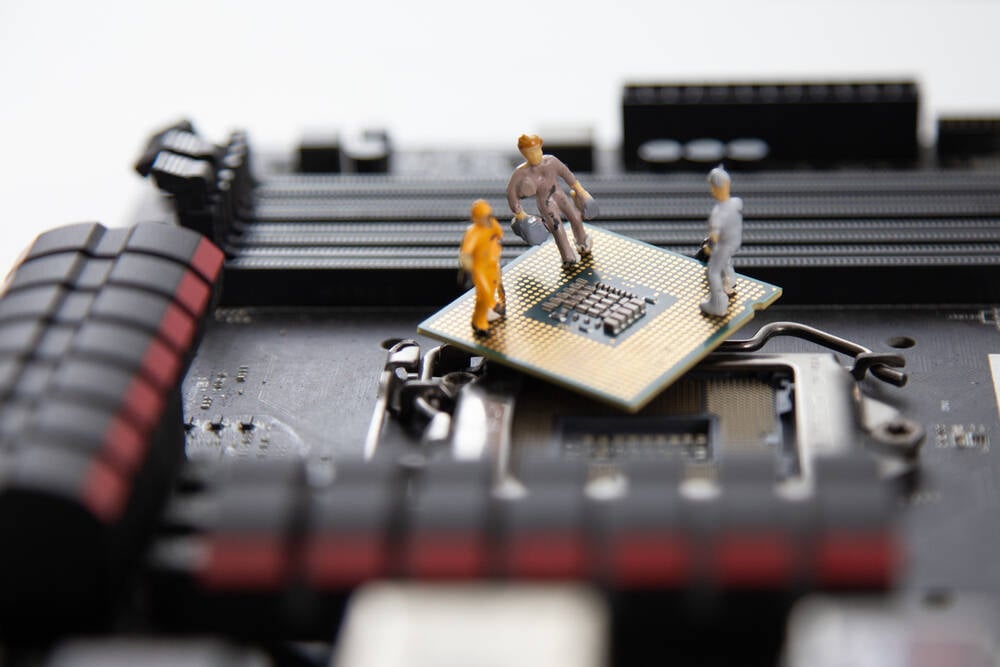






































































































































![[The AI Show Episode 143]: ChatGPT Revenue Surge, New AGI Timelines, Amazon’s AI Agent, Claude for Education, Model Context Protocol & LLMs Pass the Turing Test](https://www.marketingaiinstitute.com/hubfs/ep%20143%20cover.png)

















































































































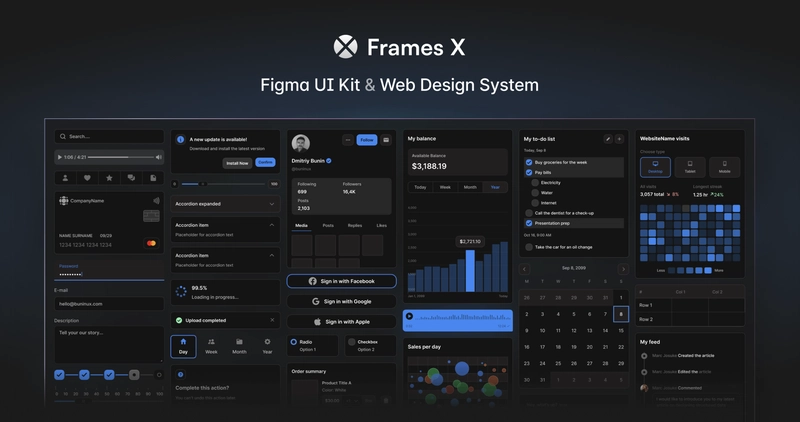
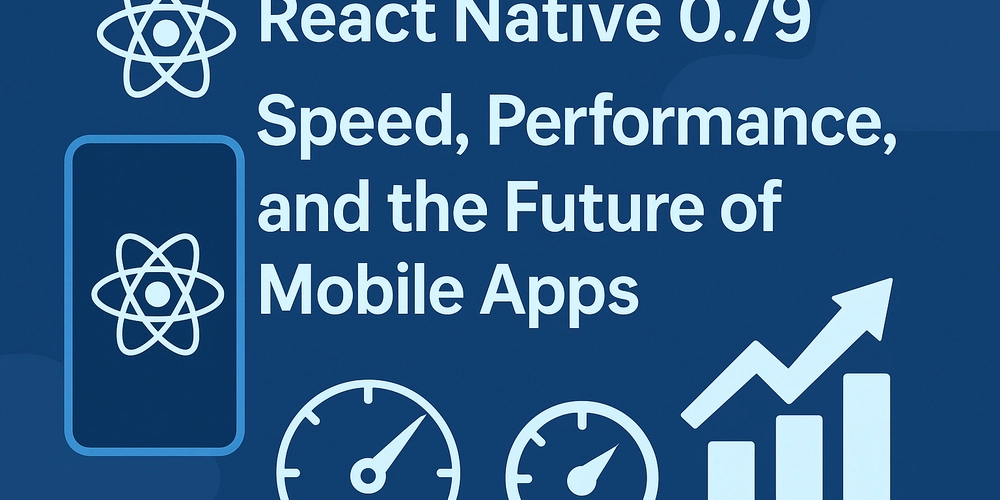























































































































































_Muhammad_R._Fakhrurrozi_Alamy.jpg?width=1280&auto=webp&quality=80&disable=upscale#)
_NicoElNino_Alamy.jpg?width=1280&auto=webp&quality=80&disable=upscale#)












































































































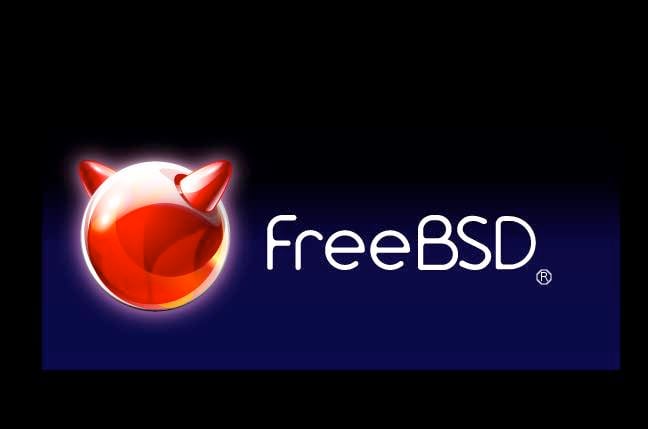


![Apple Releases iOS 18.5 Beta 4 and iPadOS 18.5 Beta 4 [Download]](https://www.iclarified.com/images/news/97145/97145/97145-640.jpg)
![Apple Seeds watchOS 11.5 Beta 4 to Developers [Download]](https://www.iclarified.com/images/news/97147/97147/97147-640.jpg)
![Apple Seeds visionOS 2.5 Beta 4 to Developers [Download]](https://www.iclarified.com/images/news/97150/97150/97150-640.jpg)
![Apple Seeds tvOS 18.5 Beta 4 to Developers [Download]](https://www.iclarified.com/images/news/97153/97153/97153-640.jpg)

















































